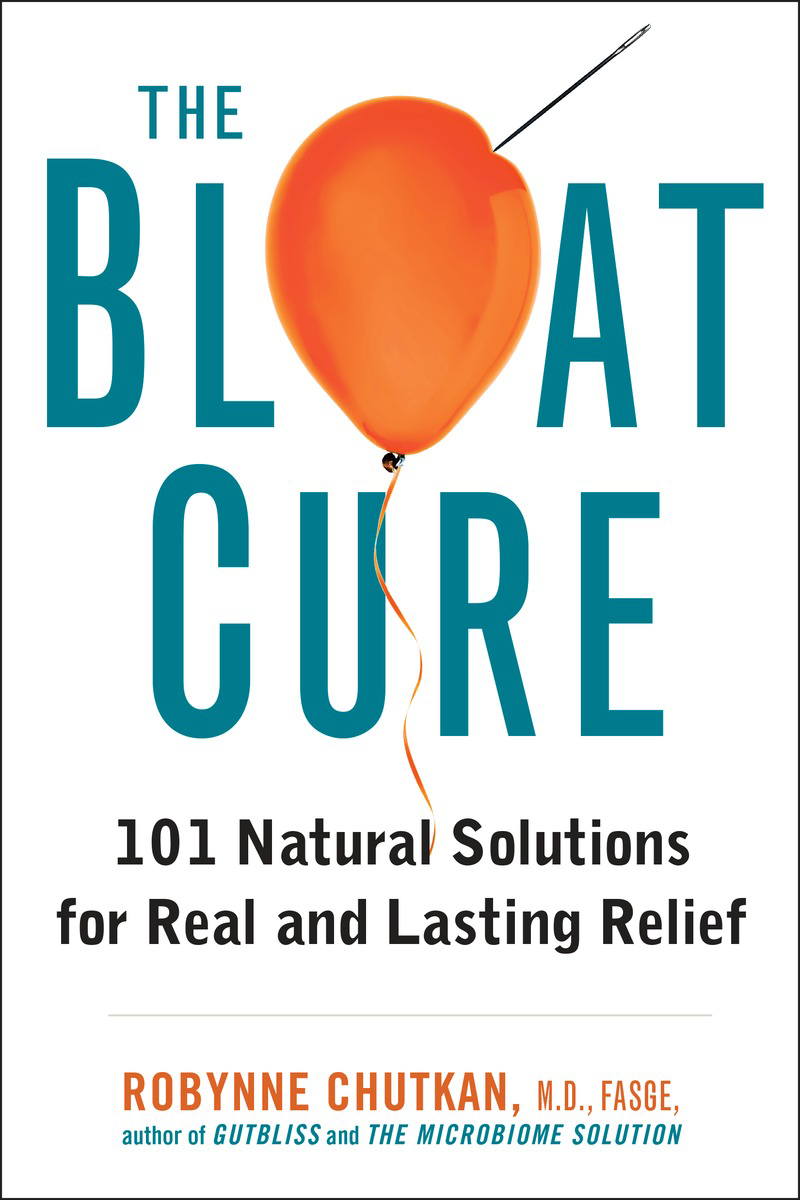Some populations have a heightened risk of celiac disease based on the amount of gluten they eat before the age of 5. A recent study published in the Journal of the American Medical Association analyzed gluten intake in 6,600 children who possessed celiac disease-related genes (deeming these children genetically “at-risk” for celiac disease). Gluten intake was measured using parent-recorded food diaries. Researchers found that children who ate more than 2 grams of gluten per day around the age of 2 had a significant increase in their risk of developing celiac disease. In addition, for every 1 gram of gluten consumed (equivalent to a ½ slice of bread or a ½ cup of cooked pasta) daily beyond the 2 grams, the chance of developing celiac disease increased by 7%.
Takeaway: Researchers who conducted the study concluded that those children who have a first-degree relative with celiac disease should limit the amount of gluten they eat before the age of five. In those who don’t have a first-degree relative with celiac disease, a normal diet should be consumed.
To clarify what constitutes a “normal” diet, at Gutbliss we do not recommend daily consumption of gluten in any population. Instead, we encourage focusing on unprocessed whole grains such as rolled oats, quinoa, brown rice, millet, and amaranth, and these recommendations are extended to all.








